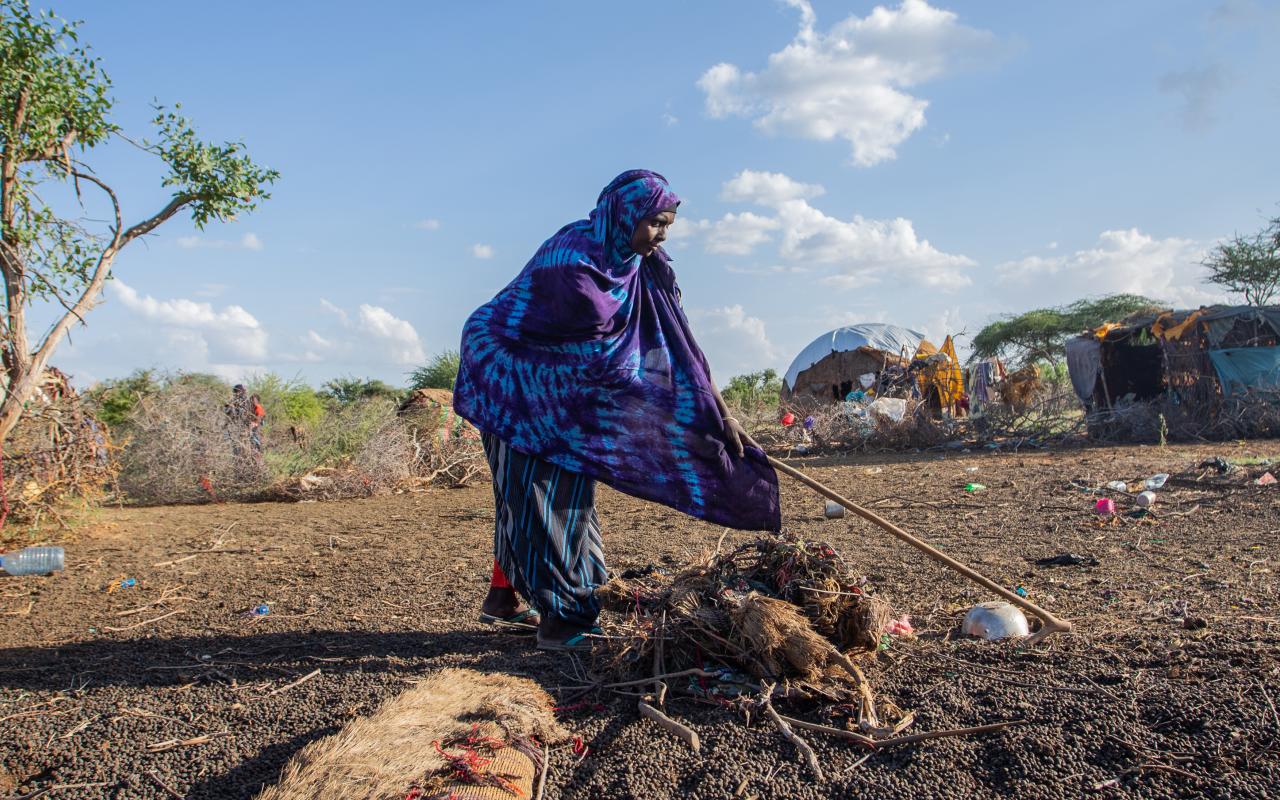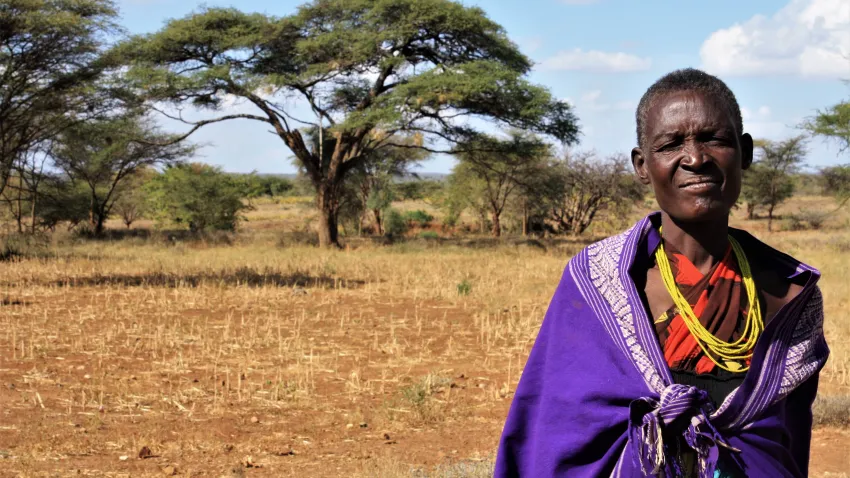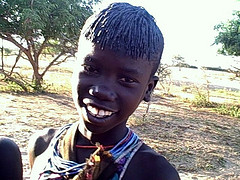In 2009 I set up a recurring (monthly) donation to the World Food Program. In mid 2010, I decided that I’d be quitting my job in early 2011 and taking a year off. As part of that I began to wind down some expenses to save up a bit more. One of the things to go was this recurring donation — up until such time as I’d be earning regular money again. I had put the cancellation on my tasklist.
Now, like most organisations that want your money, WFP sends regular email newsletters. I ignore most newsletters from most places because of not having the time to look at them more than anything else. But just before I was going to cancel, I received one that caught my eye. It spoke about the food crisis in the Karamoja region of Uganda.
The region is one of the most hopeless cases of food management in the world. it’s home to many nomadic warrior tribes who are pastoralists. Except that pure pastoralism isn’t possible there anymore because of desertification, soil degradation, inter-tribal warfare (now with machine guns) and climate change. There is of course agriculture but desertification and climate change has affected that too — the last successful harvest was in 2005. The area is I believe culturally different from the rest of Uganda and is hence underserviced and probably discriminated against by the government. Conversely, many of the groups living there are very independent and don’t consider themselves subject to the Ugandan state.
Because of all of this, infrastructure is not good which further underservices the area and so on. All in all, it’s the example I’ve often seen used about regions that have become completely dependent on food aid with no long term solution — Karamoja has been receiving food aid for 50 years. Now, while it’s worth having a discussion about the causes of the systemic hunger in Karamoja and what can be done about it (the WFP has been, ahem, experimenting).
But none of these were why I read the story. The reason is because as a child I read and reread and loved a book by Josef Vagner. He was a director of a Czech zoo who went on several expeditions to East Africa in the 70s to capture animals to set up a safari-style reserve at the zoo. The book his memoir of the years he spent mostly in in Kenya and Uganda and provides a great slice of environmental and human life in those countries. The reason the name Karamoja echoed with me is because the Karamojong were one of the tribes Vagner liaised with and hence there were a few stories about them. The most memorable being about a tribal conflict between the more martially-oriented Karamojong and the more sedentary Sebei. The conflict ended with a peace settlement that Vagner described as incredibly moving.
Now, I can’t actually remember what happened next. I think I delayed cancelling my WFP donation until the next month — you know, one for Karamoja. But once I started writing this post I realise that might have been a false memory and that I was only very reluctant to cancel at that time for that reason. The important thing was that I was reluctant because the Karamojong were already part of my world, already intertwined with emotional memory. I wasn’t cancelling food aid to some huddled masses but to the Karamojong, a people who had a face in my internal world map. Interestingly, from Vagner’s report the Karamojong were the undoubted aggressors in the conflict described (obviously I can’t draw very firm conclusions from that one story of a non-specialist foreigner). But to my reptilian brain it didn’t matter, I simply knew them.
The degree to which our decision-making is so arbitrary highlights the extent to which we are animals. Sure we have many capacities orders of magnitude greater than other animals. But much of our behaviour is as mich instinct, quirk or tic as in non-human animals.
Of course there’s also a human interest to this story so here are some links. The zoo in Kralov that Vagner worked for exists and is doing very well. Critics said that none of the animals captured by Vagner would survive the journey by sea but all of them did — and the zoo now has one of the most robust research, breeding and conservation programs for East African large mammals in Europe. For more information about the Karamoja region, visit Karamoja.com, including this interview with some of local up-and-comers about the region’s future.






0 Comments